HOW IT WORKS
Everything in the universe, and your body, vibrates at a unique frequency. Research also suggests that the action of nerves is based on sound pulses.
Sound frequencies may help restore harmony through gentle, non-invasive energy. WAVwatch 2.0 can be used for
Soreness
Better Sleep
Energy
Relaxation
Detox
Weight Management
Mental Clarity
Circulation
Emotions
Stress
Swollen Joints
Improved Focus
WAVwatch makes self-care effortless—just wear it and let the frequencies play!
HOW TO USE WAVWATCH
Power: Turn your WAVwatch on or off with a long press of the power button. You can put your watch to sleep or wake it up with a quick press of the power button.
Select frequency set: Scroll through the Categories and then select your desired Frequency Set. Start with FirstWAV, which contains a comprehensive set of self-care ideas.
Play frequency set: The selected frequency set will begin playing automatically. From the watch screen, tap on the bottom half of the screen to see currently playing frequency set.
Adjust volume: Swipe right to left then adjust the slider. We recommend a volum of 1-3. You do not have to hear it for the watch to work.
Add to favorites: Tap on the heart icon and choose playlist 1-6. You can add to multiple playlists for ease of use.
Select Repeat: Choose from the two options to play the complete list or repeat the selected frequency set.
30-DAY MONEY-BACK GUARANTEE
Try it risk-free! Return your WAVwatch within 30 days from the date of delivery if you aren't fully satisfied.
Reduce STRESS
Fight PAIN
HOW IT WORKS
Everything in the universe, and your body, vibrates at a unique frequency. Research also suggests that the action of nerves is based on sound pulses.
Sound frequencies may help restore harmony through gentle, non-invasive energy. WAVwatch 2.0 can be used for
Soreness
Better Sleep
Energy
Relaxation
Detox
Weight Management
Mental Clarity
Circulation
Emotions
Stress
Swollen Joints
Improved Focus
WAVwatch makes self-care effortless—just wear it and let the frequencies play!
HOW TO USE WAVWATCH
Power: Turn your WAVwatch on or off with a long press of the power button. You can put your watch to sleep or wake it up with a quick press of the power button.
Select frequency set: Scroll through the Categories and then select your desired Frequency Set. Start with FirstWAV, which contains a comprehensive set of self-care ideas.
Play frequency set: The selected frequency set will begin playing automatically. From the watch screen, tap on the bottom half of the screen to see currently playing frequency set.
Adjust volume: Swipe right to left then adjust the slider. We recommend a volum of 1-3. You do not have to hear it for the watch to work.
Add to favorites: Tap on the heart icon and choose playlist 1-6. You can add to multiple playlists for ease of use.
Select Repeat: Choose from the two options to play the complete list or repeat the selected frequency set.
30-DAY MONEY-BACK GUARANTEE
Try it risk-free! Return your WAVwatch within 30 days from the date of delivery if you aren't fully satisfied.

“Every single cell in our body vibrates with different frequencies. And those frequencies dictate the health of those cells. I use WAVwatch to play anxiety, stress, calming, relaxation. I want to keep myself calm, non-reactive as I'm researching.”
Dr. Bryan Ardis


“Every single cell in our body vibrates with different frequencies. And those frequencies dictate the health of those cells. I use WAVwatch to play anxiety, stress, calming, relaxation. I want to keep myself calm, non-reactive as I'm researching.”
Dr. Bryan Ardis

WHAT DO OUR CUSTOMERS SAY?
About WAVwatch & the power of sound frequencies
WHAT DO OUR CUSTOMERS SAY?
About WAVwatch & the power of sound frequencies
What's In The Box

Black Carrying Case
For protection on-the-go.
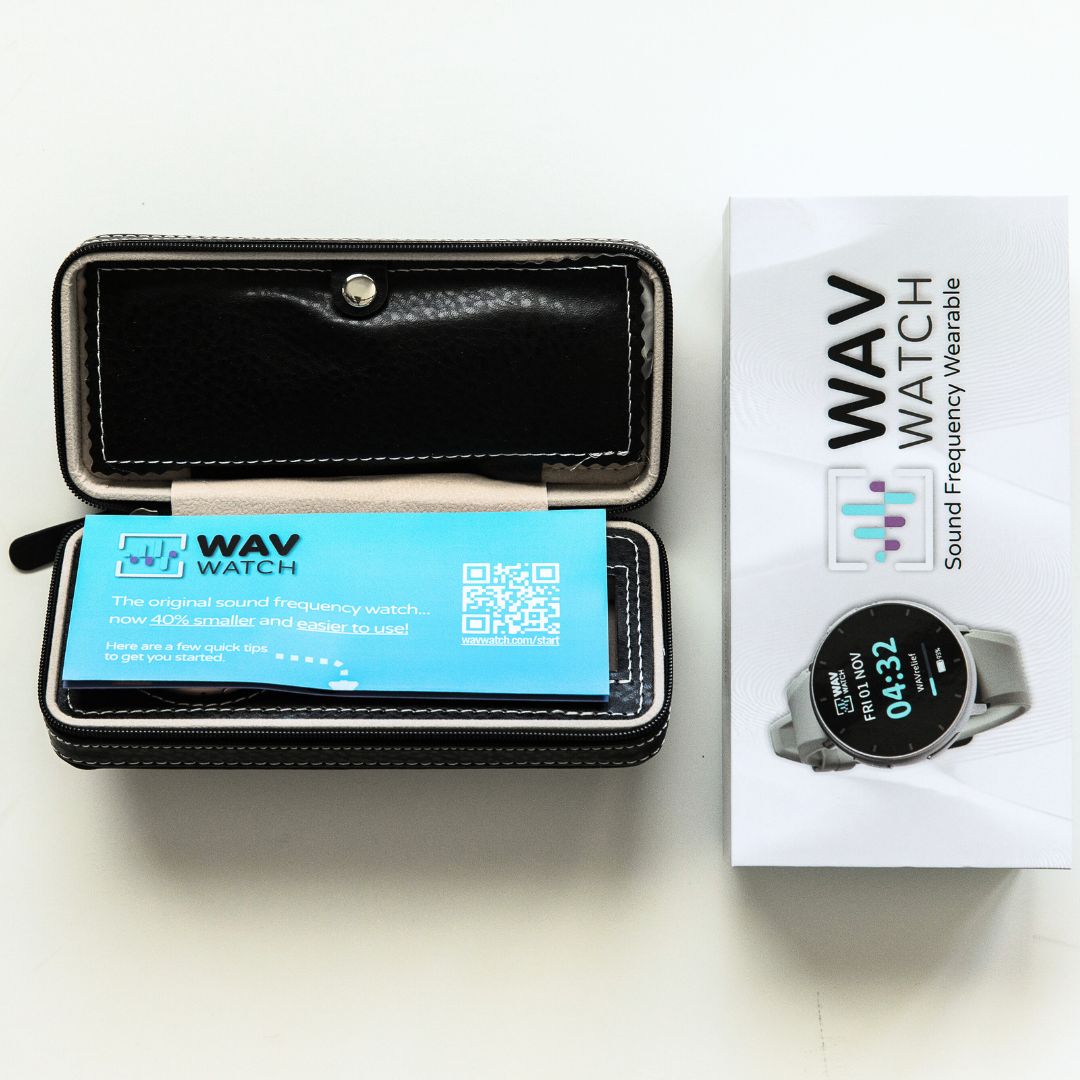
Reference Guide
To help navigate frequency sets.
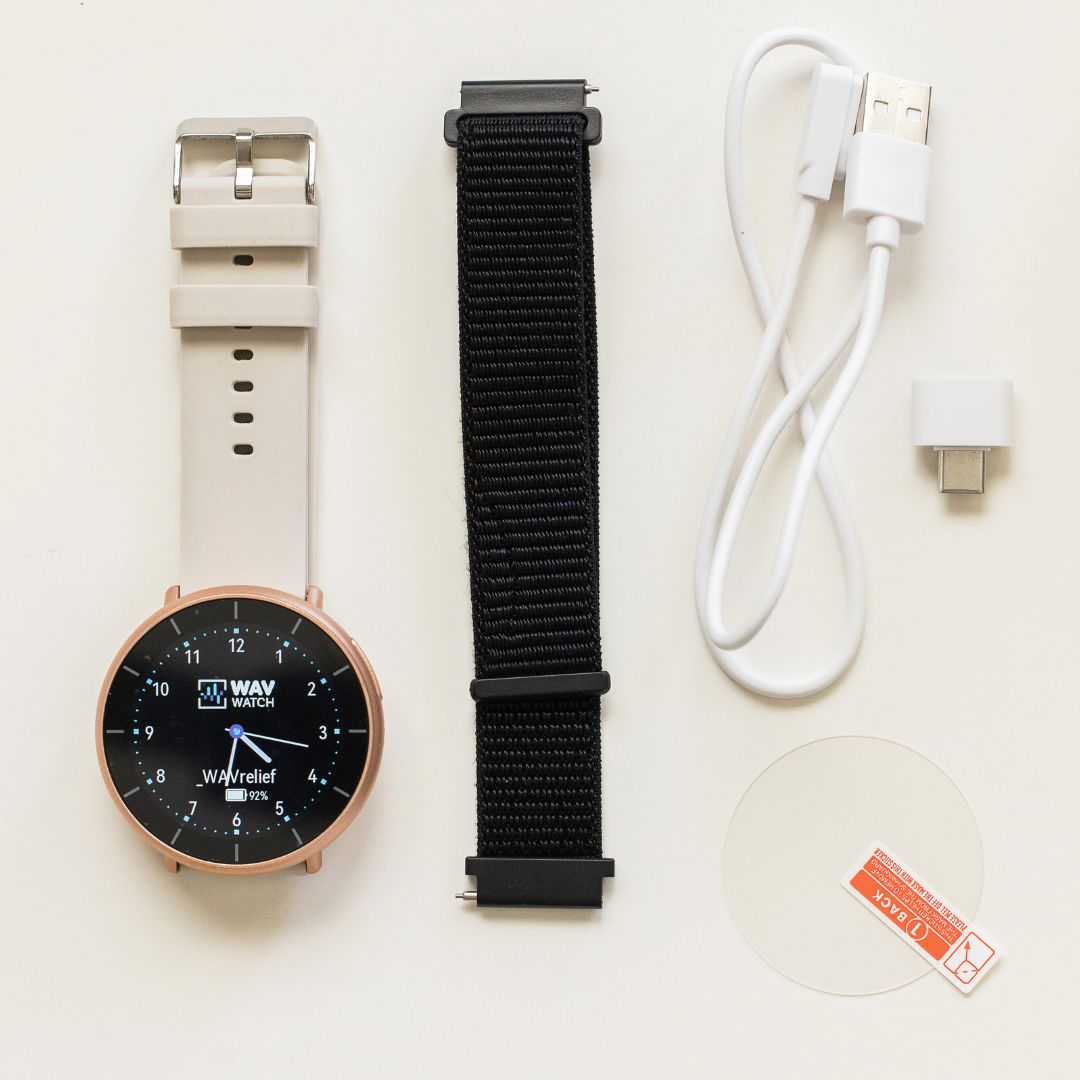
WAVwatch 2.0
WAVwatch comes in either Rose Gold or Graphite. The watch comes with two wristbands (one silicone buckle strap and one nylon velcro strap), a magnetic charging cord, a screen protector, and a USBA to USBC charging adapter.
Over 5,000 Happy Customers
4.3/5 of 379 reviews
Sedona S.
(5/5)
I have had my Wavwatch 2. 0 for 18 months and from Day 1 it has worked miracles. I have used it for so much more than I originally purchased it for. I am a daily user because it not only helps with all types of pain, but is great for calming, anxiety, tinnitus, circulation, digestion and the much needed organ and metal DETOXING! I also purchased one for a friend who is a veteran suffering from PTSD and he was amazed at the results relieving neuropathy. Every day is better with my new Best Buddy - WAVwatch!

Mary R.
(5/5)
I use mine for my migraines and for better sleep. It will stop a migraine in its tracks. This allows me to sleep without emotional disturbances at night.

Angela W.
(5/5)
This watch has made a tremendous difference in our lives. After caring for my elderly mother for years, I was just completely spent. This watch helped me to relax and the stress began to melt away. But there are so many other wonderful ways this watch has helped my family. It helps with pain relief, sinus headaches, migraines, back pain, and so many other things, I am so thankful my doctor introduced us to the WAVwatch.

Why people buy

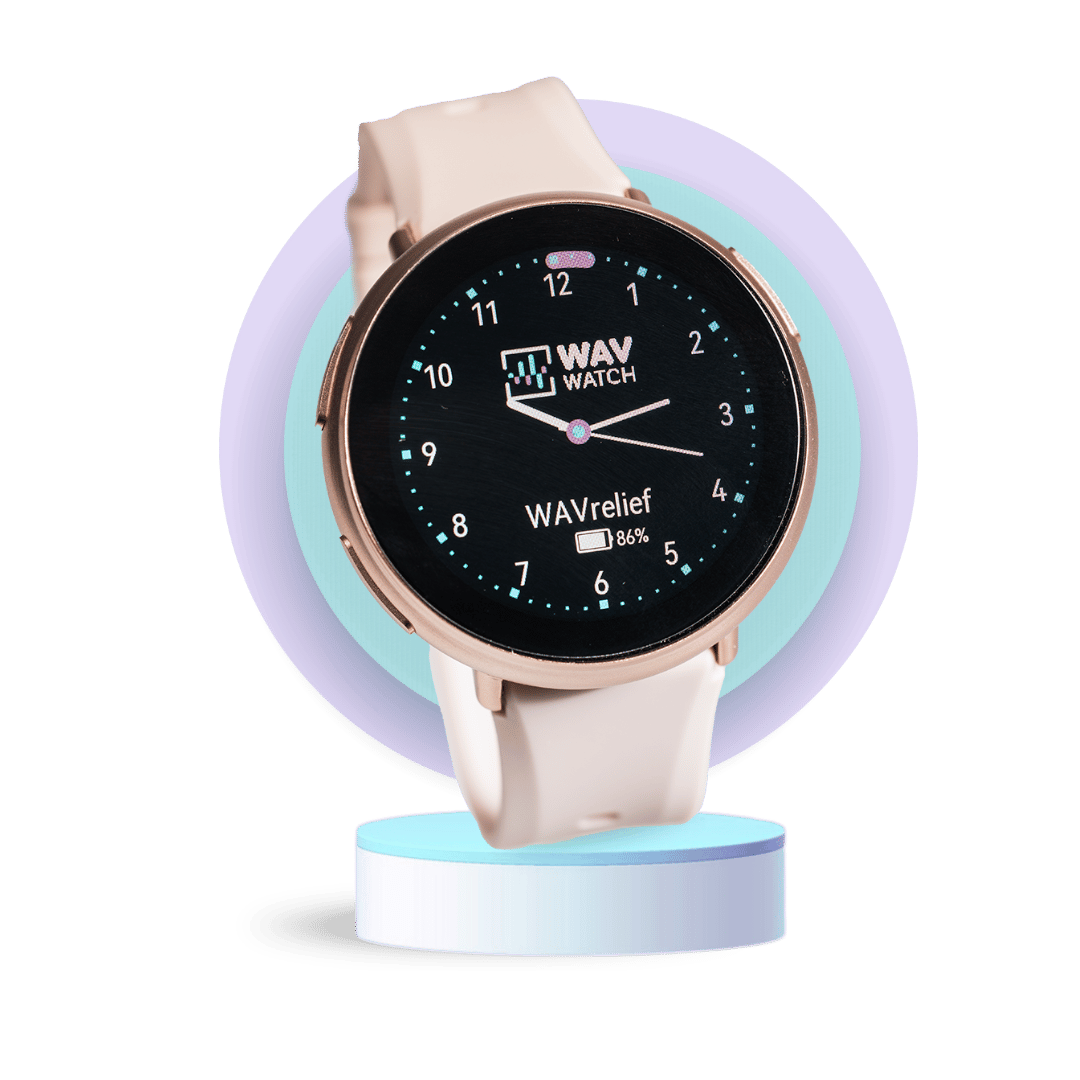
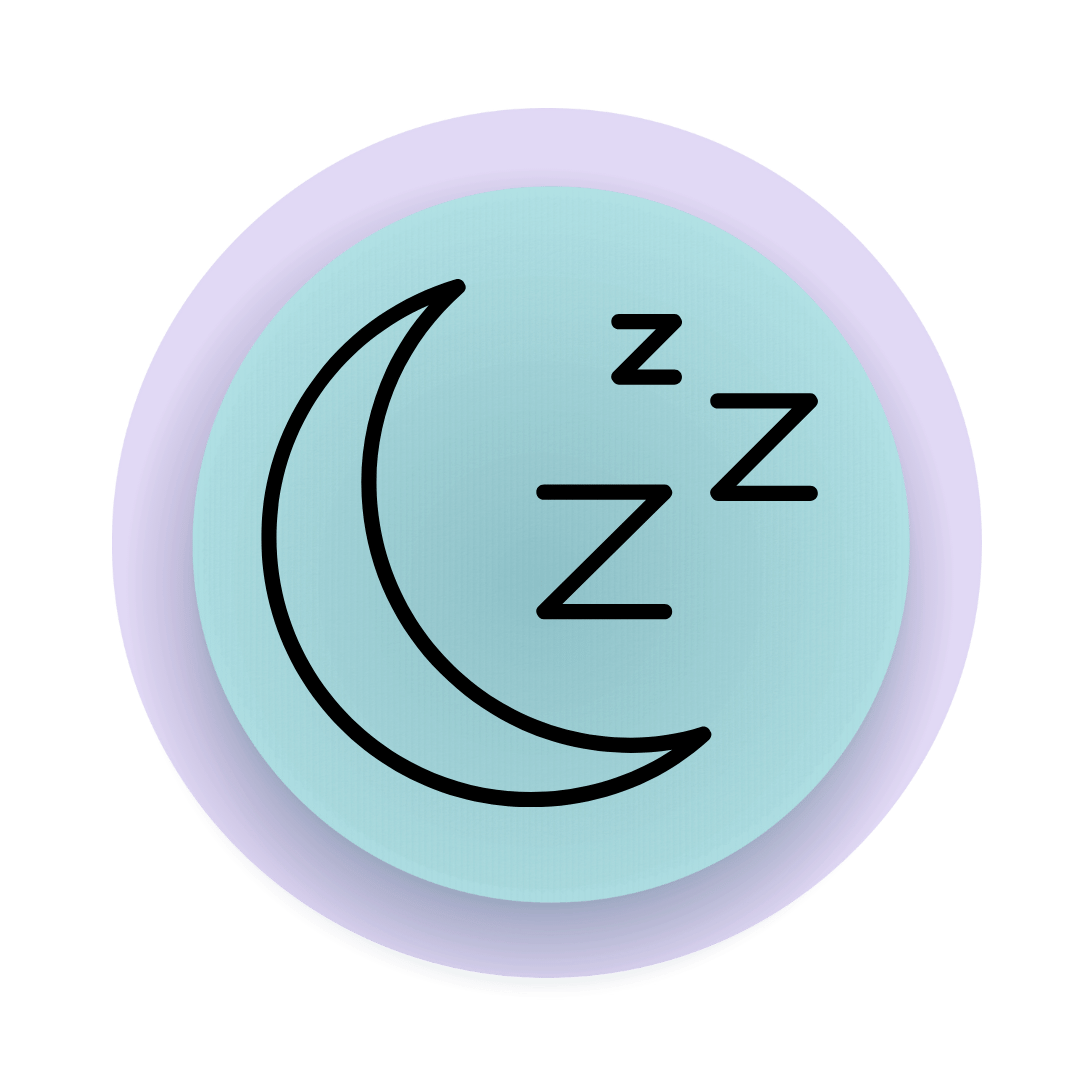
Improve Sleep
Sound frequency therapy at night can help relax the mind and body, promoting deeper, more restful sleep.

Fight Pain
Targeted frequencies naturally fight pain by easing muscle tension, enhancing circulation, and promoting tissue healing.
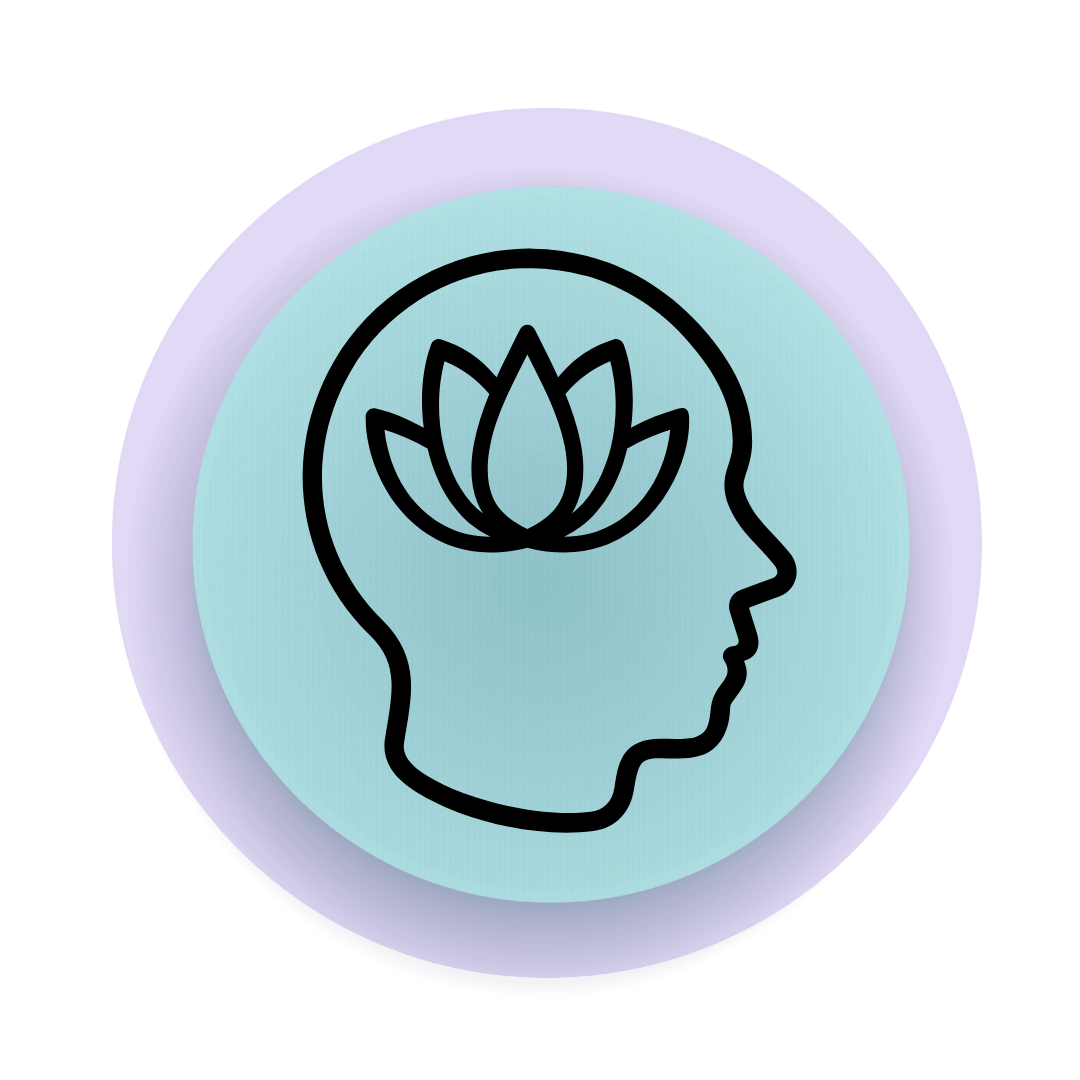
Reduce Stress
Naturally calm an overactive sympathetic nervous system, reducing anxiety and restoring balance to the body.
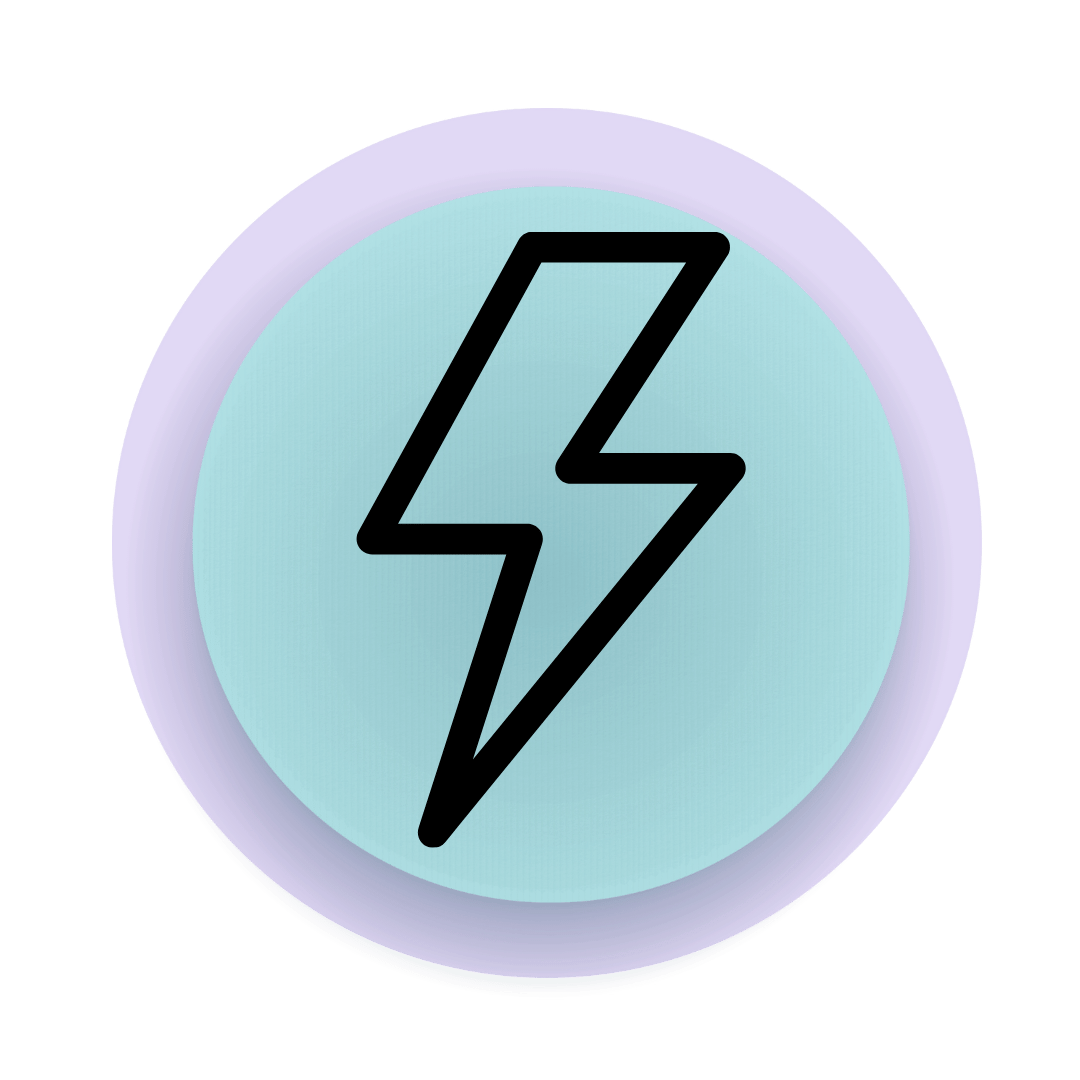
Boost Energy
Certain sound frequencies are proven to stimulate the brain and body to enhance energy, clarity, and focus.
How does

compare?

No App Required
No WiFi or Bluetooth Required
No Subscription Required
146 Frequency Sets
Easy-To-Use Touchscreen
Detox Support
Fight Pain
Improve Sleep

Apollo Neuro
Pulsetto
No App Required
No WiFi or Bluetooth Required
No Subscription Required
146 Frequency Sets
Easy-To-Use Touchscreen
Detox Support
Fight Pain
Improve Sleep

Apollo Neuro
Pulsetto
No App Required
No WiFi or Bluetooth Required
No Subscription Required
146 Frequency Sets
Easy-To-Use Touchscreen
Detox Support
Fight Pain
Improve Sleep

Apollo Neuro
Pulsetto
Use WAVwatch With

123 reviews
WAVwatch Warranty - Accidental Damage
$50
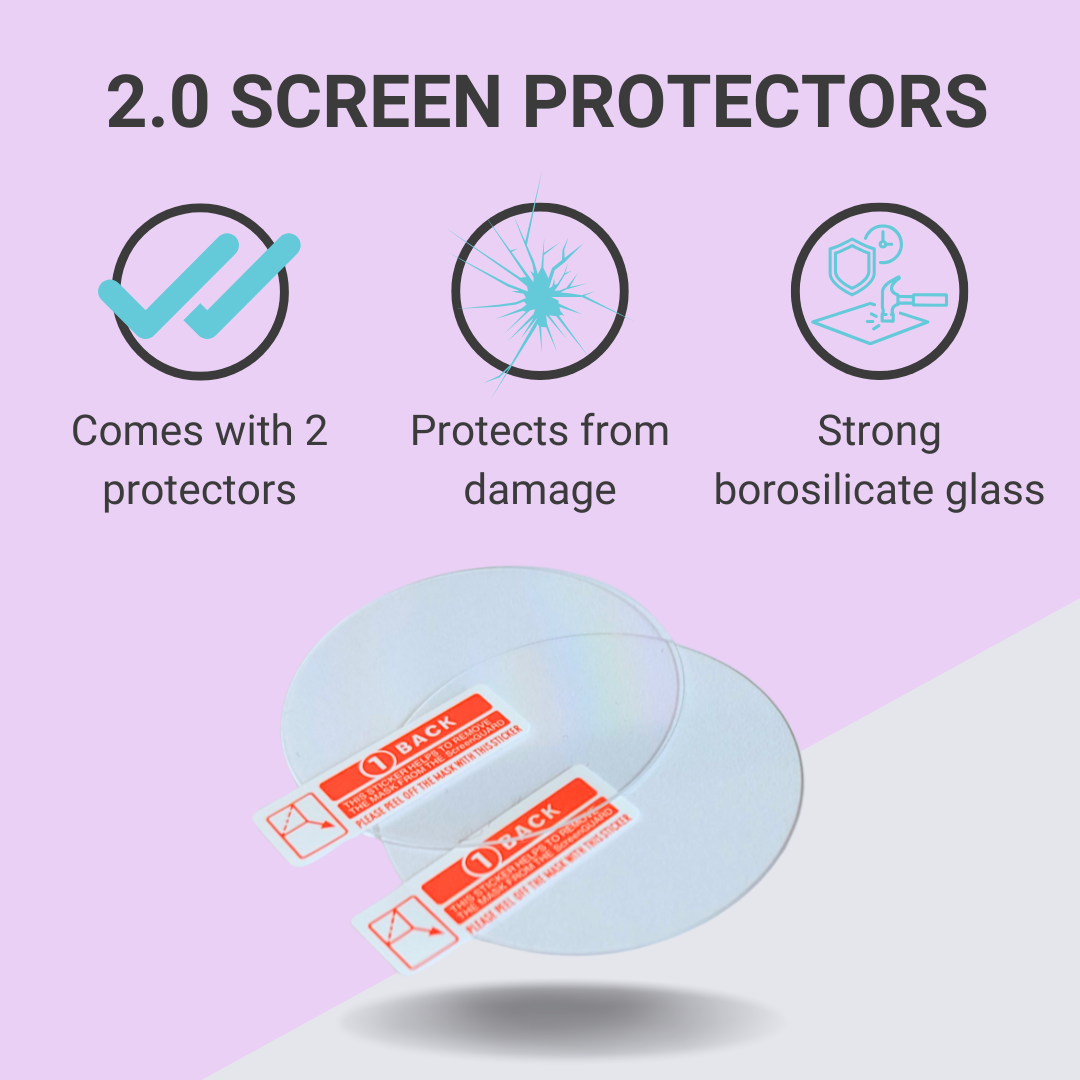
123 reviews
Screen Protector for WAVwatch 2.0 (2 pieces)
$10
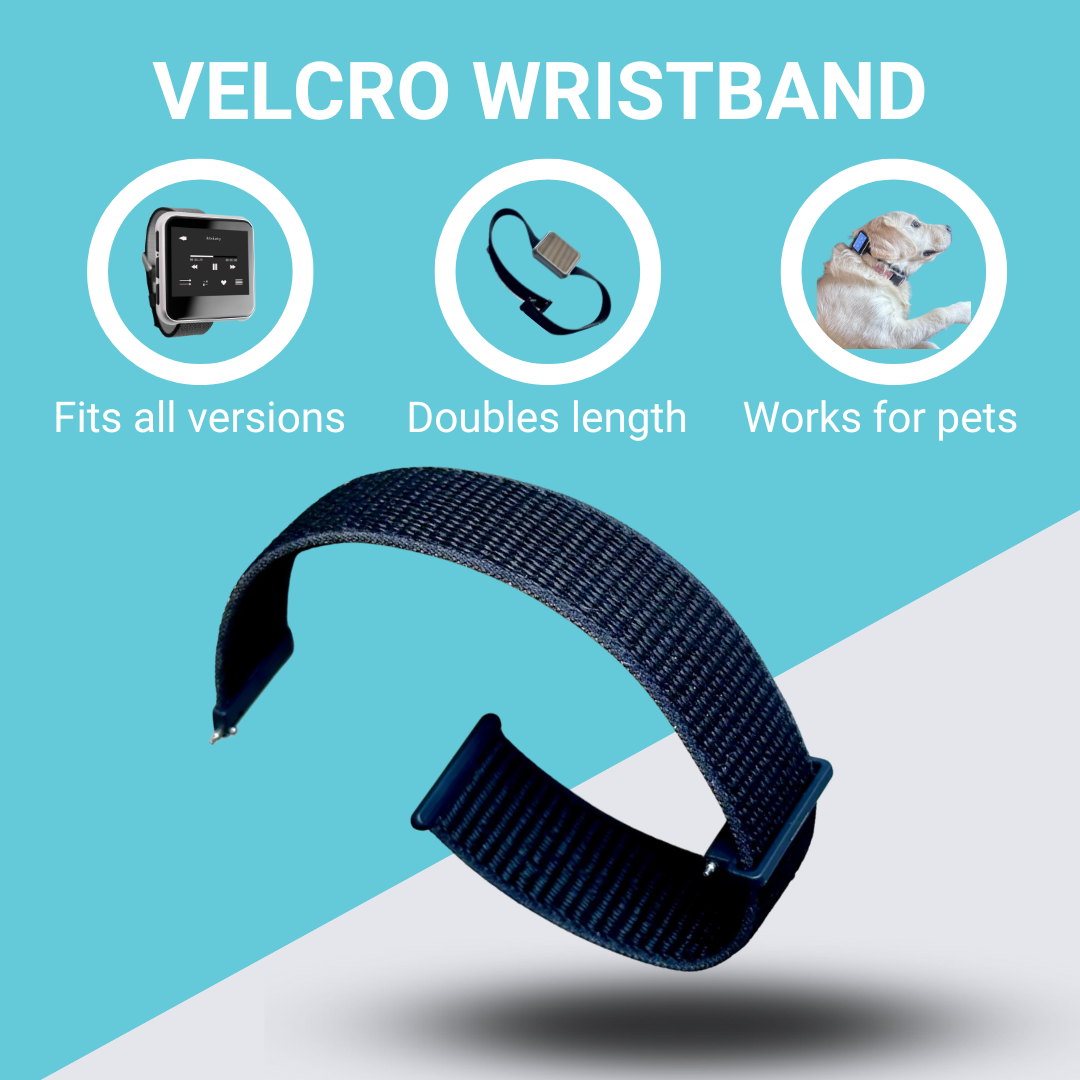
123 reviews
Velcro Wristband
$10


